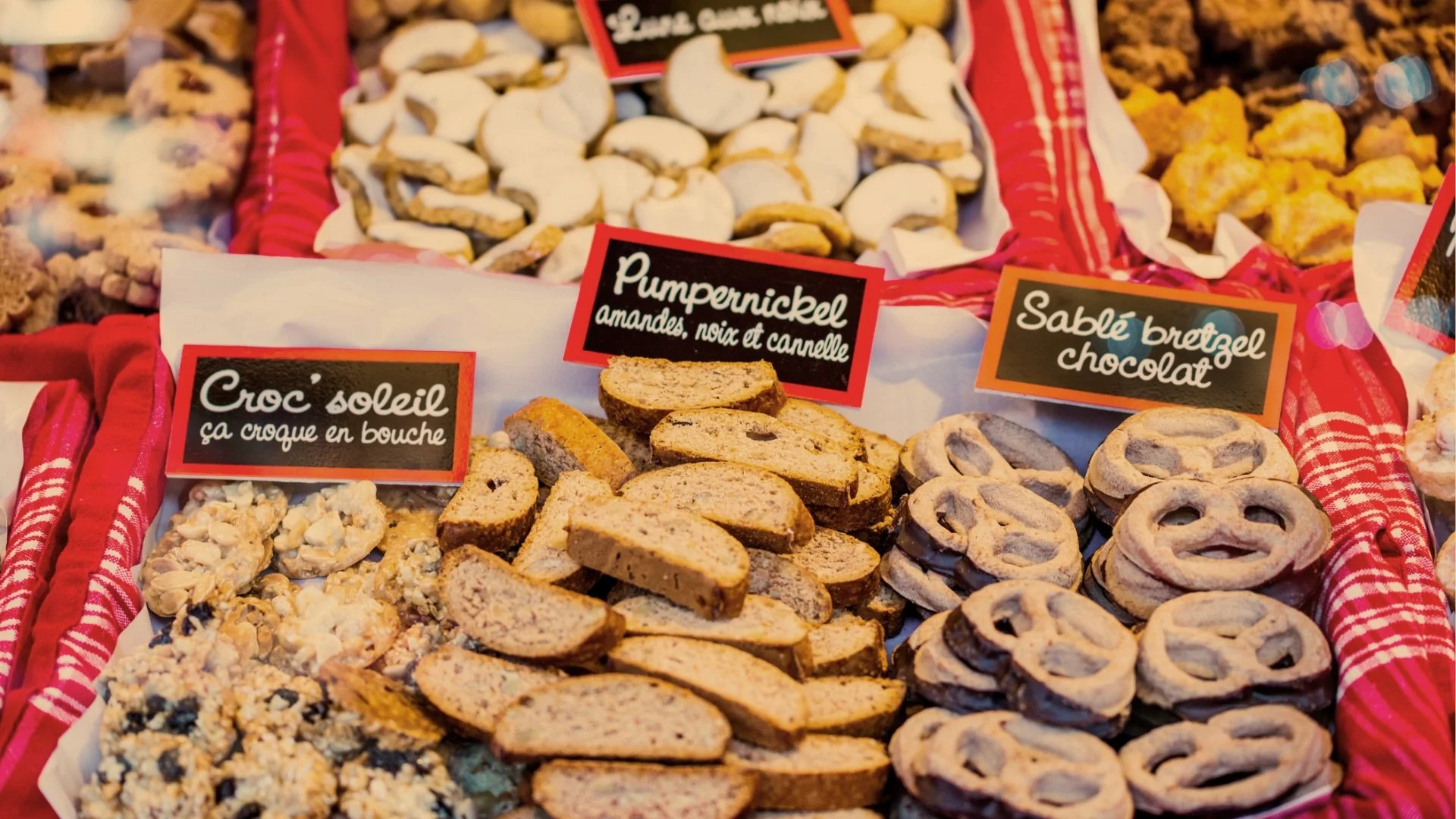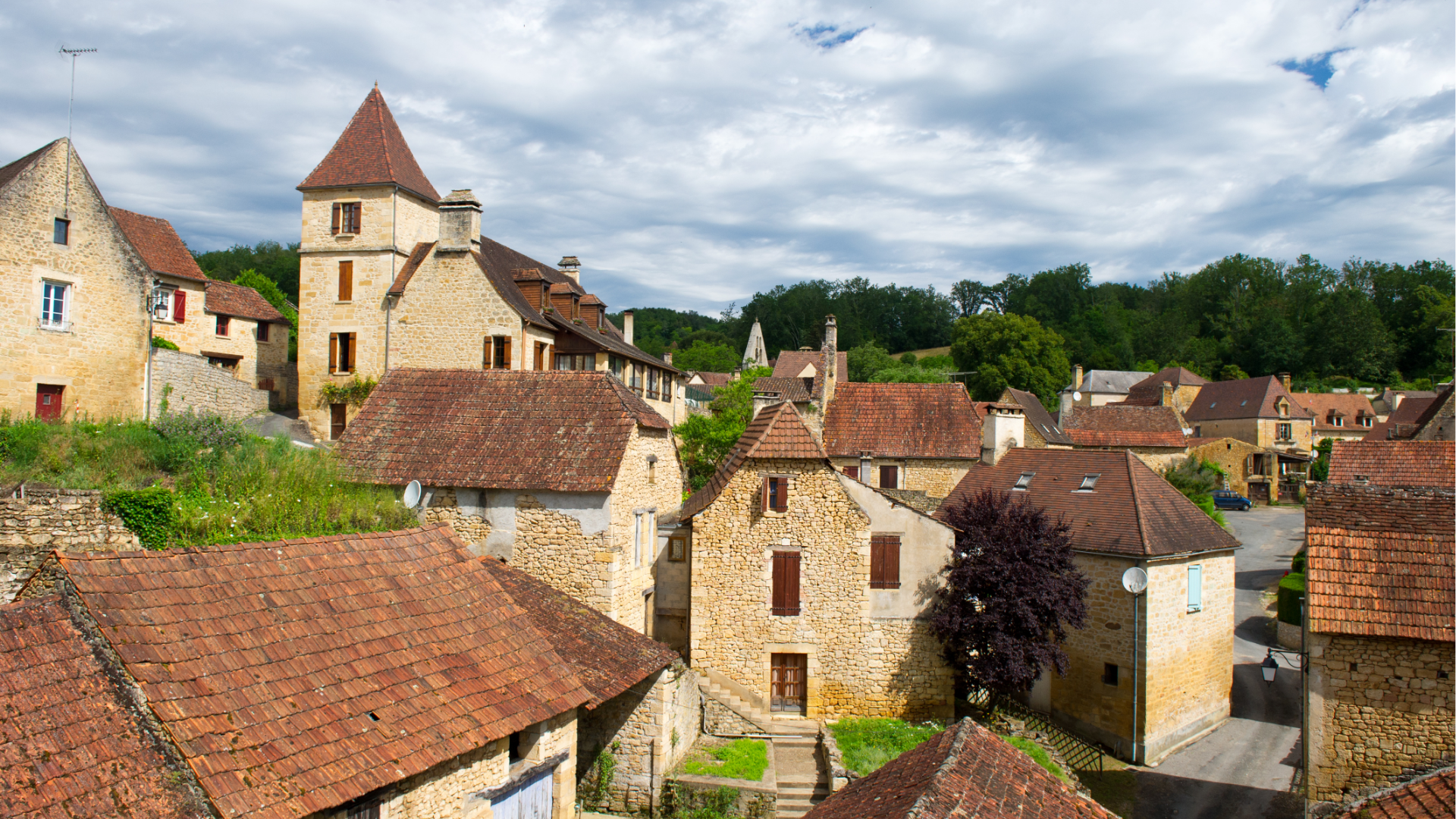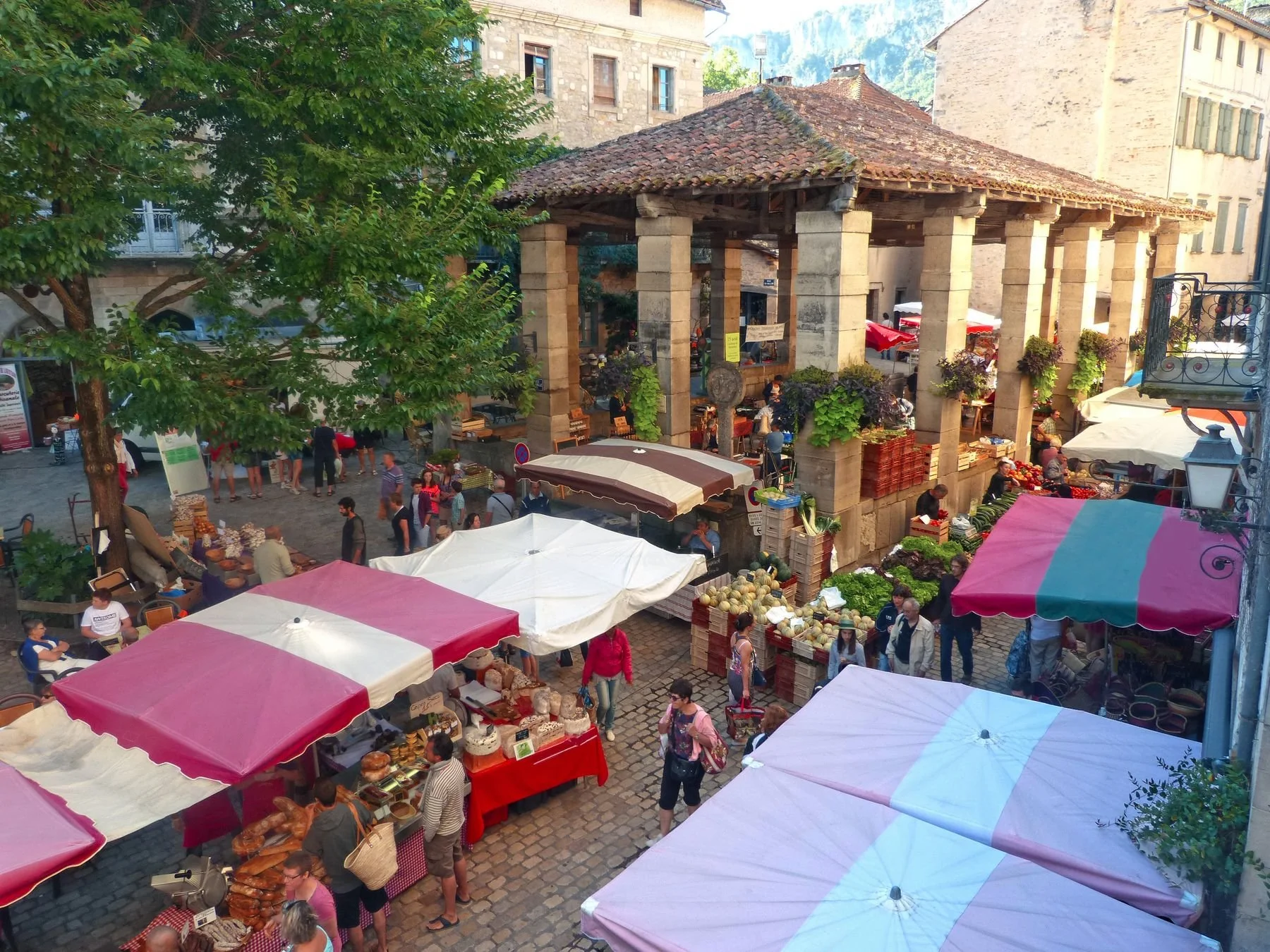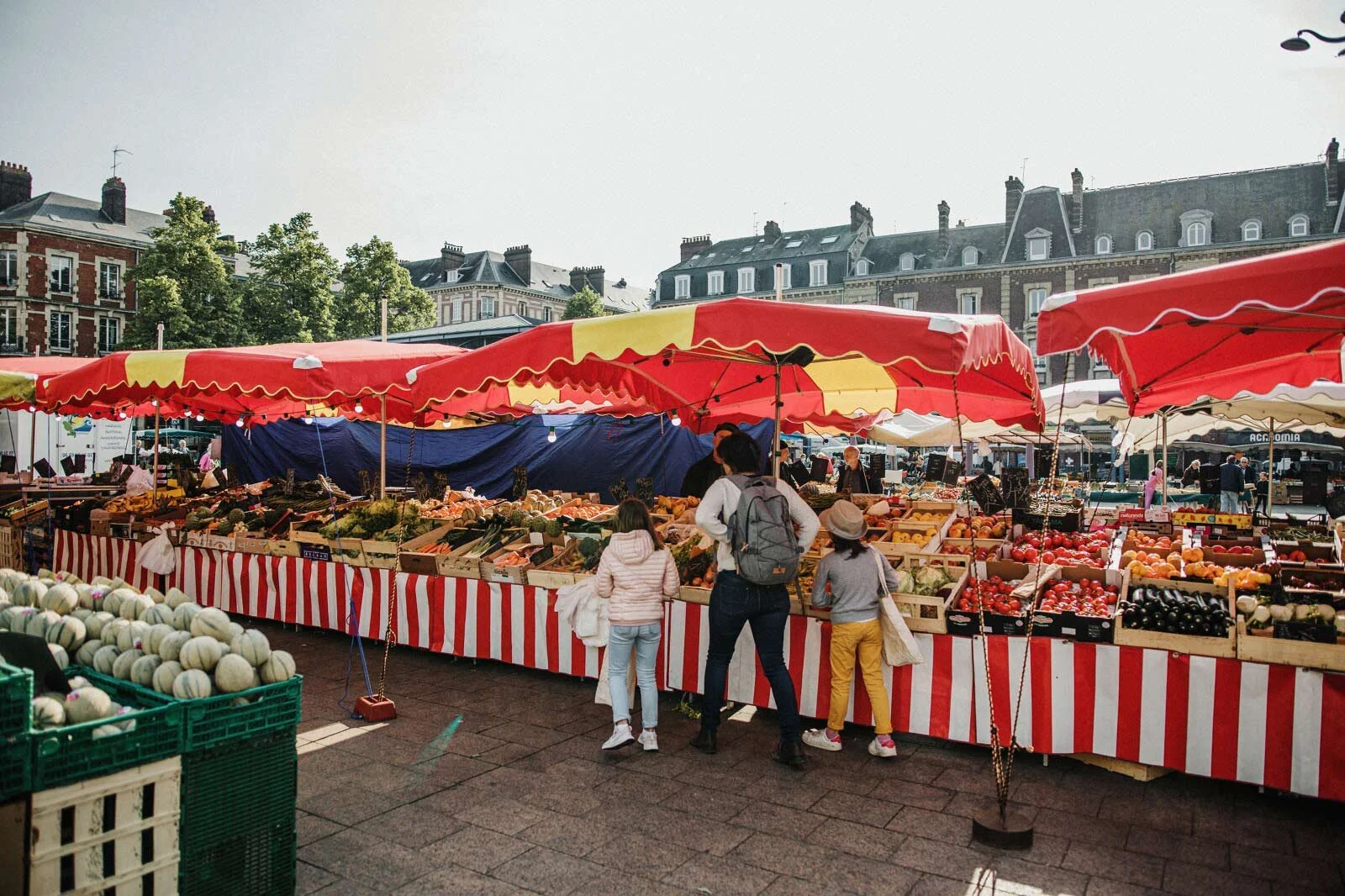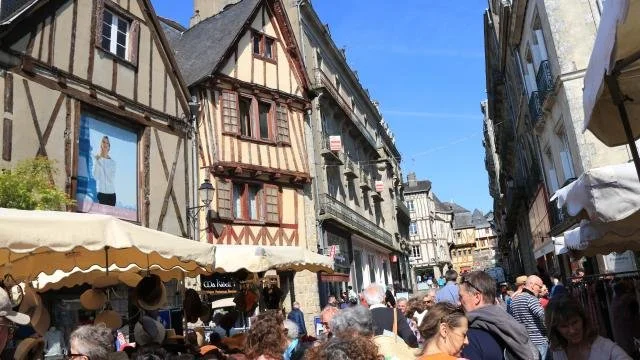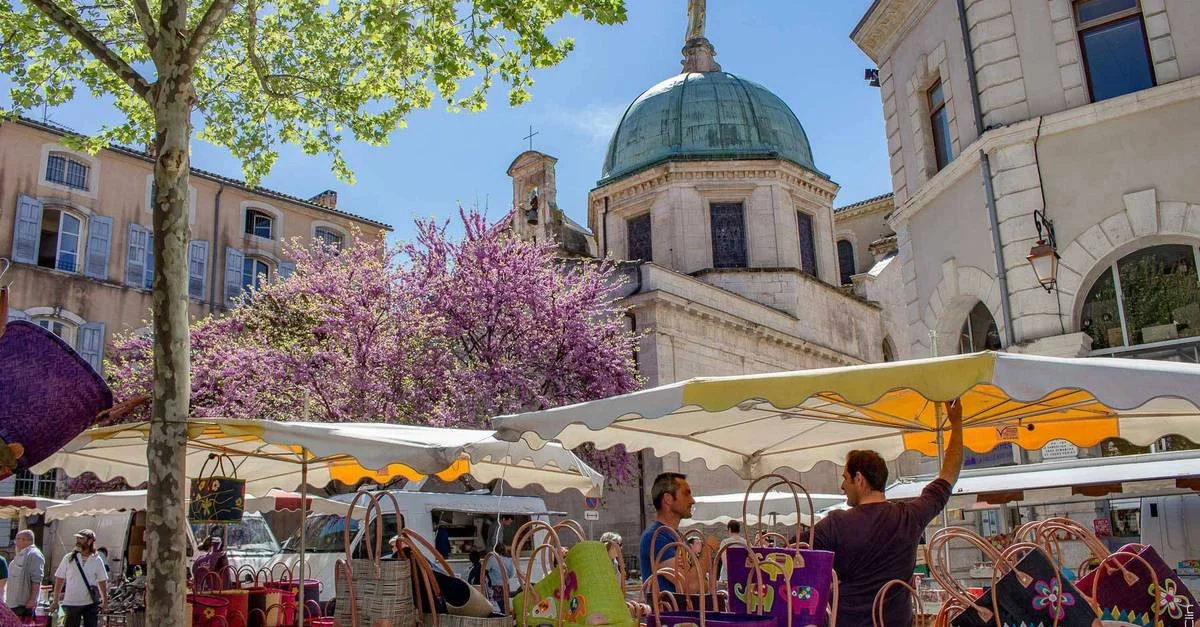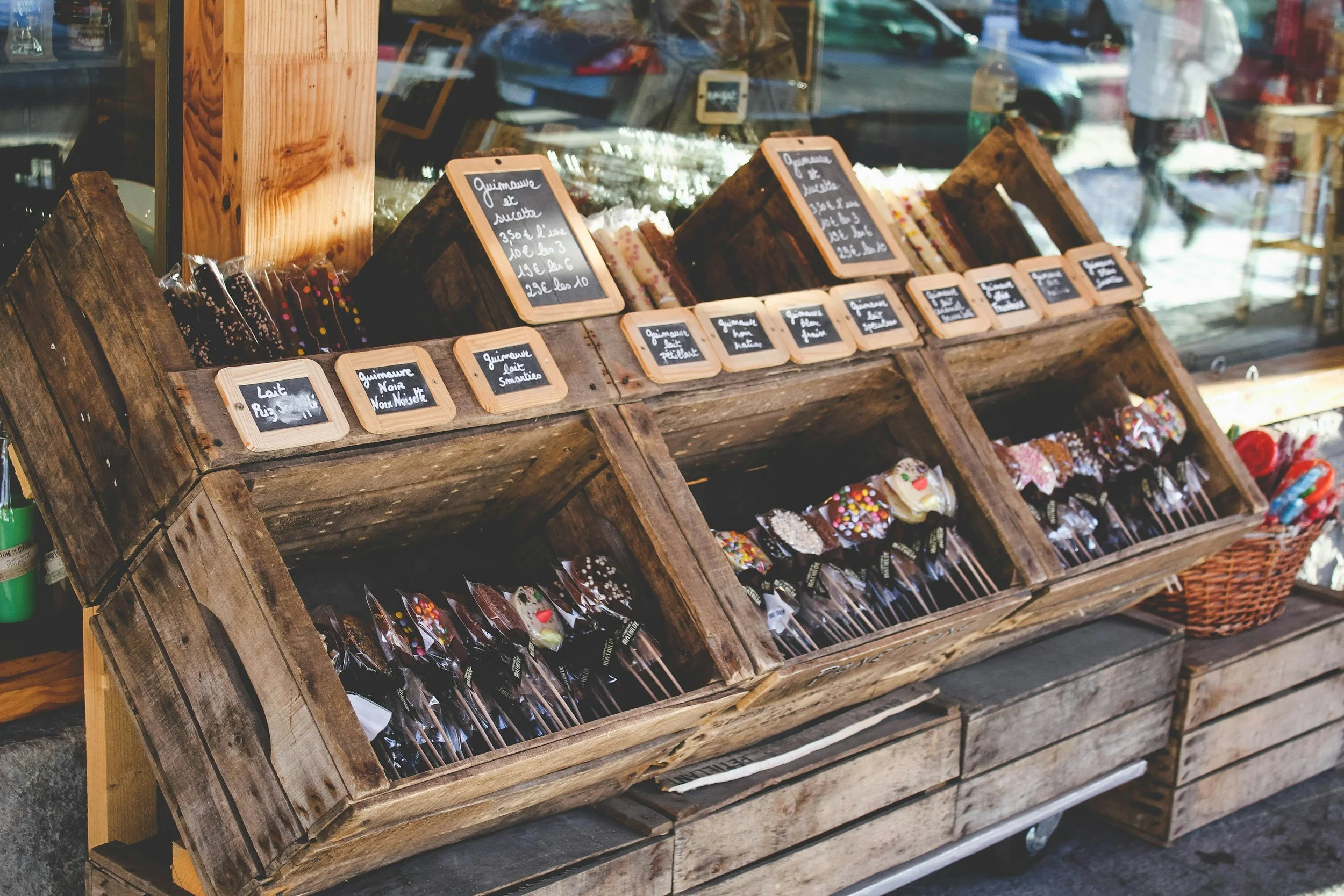8 Summer Markets in France That Locals Actually Visit
Wandering Where the French Go: A Slower Way to Savor Summer
There’s something about a French market in summer that makes you pause. Not just for the scent of sun-warmed strawberries or the sound of accordion music echoing off the cobblestones - but for how alive it all feels. Yet if you've ever stumbled into a crowded tourist market, you know that not all French markets are created equal.
At Trippers Terminal, we don’t chase the obvious. We seek out the markets where locals actually shop - the ones that don’t have souvenir stalls on every corner, where vendors know their regulars, and where the slow rhythm of real French life still hums beneath the summer sun.
This guide isn’t about ticking off checkboxes or visiting “the top 10 markets” because an algorithm said so. These are the real ones, from tiny hilltop villages to sun-drenched coastal squares: markets chosen for their charm, authenticity, and the way they make you feel like you’re part of something timeless.
Let’s start in the southwest, where summer mornings smell like peaches and pine trees.
If you want to take a market guide with you, we’ve created a custom printable version with dates, regions, and market days for some of our favourite markets in Spain, France & Italy: Download it here
1. Marché de Saint-Antonin-Noble-Val (Occitanie)
📍 Tarn-et-Garonne | Every Sunday
The Sunday market in Saint-Antonin-Noble-Val is one of those places that feels timeless. If you close your eyes, you can almost imagine it being pulled straight from a 19th-century painting, but the beauty of it is that it’s very much alive. Nestled in the heart of this medieval village, the market has been drawing people from all over the region for years. It still manages to keep that authentic, local charm: something you don’t always find in other markets that try too hard to be touristy.
The market is all about fresh, seasonal produce from nearby farms, which gives you a real taste of the region. Think melons, figs, garlic, and whatever’s in season at the time - honestly, you can’t get more local than this. And it’s not just about the fruits and veggies. You’ll find artisan breads, local honey, and cheeses like Rocamadour, which are so fresh you’ll want to take them home with you (and you totally should).
But beyond the food, the market is a true social event. People come here to chat, sip coffee, and spend time with their neighbors. You’ll see folks lingering at the cafés around the square, catching up on life, while the sound of friendly conversations fills the air.
What makes this market stand out is its setting. It’s right by the river and winds through these cobbled lanes, past buildings that have been standing for centuries. When you arrive early, you can park just outside the town and walk in as the sun rises. The town is still quiet, and you get to experience it as it wakes up, feeling almost like you’ve stepped back in time.
This isn’t a flashy market. It’s real, just the way it should be. The people here are warm and kind, and if you can speak even a little bit of French, they’re more than happy to share a story or chat with you about their local life. It’s the kind of place where you don’t feel rushed, where you can slow down and enjoy the simple things, and that’s what makes it so special.
Combine this with a slow kayak trip down the Aveyron River or a hike in the surrounding limestone cliffs. It's such a wonderful experience and you’re surrounded by stunning nature.
2. Marché de Dieulefit (Drôme Provençale)
📍 Auvergne-Rhône-Alpes | Every Friday
If you’re around the Drôme Provençale hills on a Friday, don’t miss the market in Dieulefit. It’s got a chill vibe that’s way different from the busy markets in bigger Provençal towns. The place feels alive but relaxed, and you can wander through without feeling rushed or stuck in a crowd.
What makes this market really cool is how local it feels. The farmers and artisans are from nearby, and you can tell they care about what they’re selling. You’ll spot fresh fruits and veggies, lavender goodies that smell amazing, and some seriously good handmade ceramics. Nothing mass-produced or touristy here. Even in summer, when more people come through, the market stays laid-back and real.
Dieulefit’s pottery scene is a big deal, and the market’s the perfect place to check out some beautiful handmade pieces. These aren’t your usual souvenirs - they’re crafted with care and style. Plus, don’t miss grabbing some fresh fougasse (a local flatbread) and juicy apricots that taste like summer.
There’s no loud music or flashy ads - just friendly vendors who love what they do and want to share it. Visiting this market isn’t just about shopping; it’s about soaking up a slower pace and connecting with the local vibe in a way that feels genuine and easygoing.
The town is surrounded by hiking trails and lavender fields. You can spend the morning at the market, then explore the hills or picnic along the nearby Roubion River.
3. Marché de Saint-Rémy-de-Provence
📍 Provence-Alpes-Côte d’Azur | Every Wednesday
The market in Saint-Rémy-de-Provence is one of the most popular in the region (and yes, it does attract its share of visitors) but it’s still very much a local favorite. People who live outside the village drive in every week to pick up their essentials, making it feel like a real community hub.
What locals love most about it is the variety. You’ll find everything here: fresh produce, clothes, crafts, flowers, fish - the list goes on. The market is known for its consistent quality, even during the busy summer months when many markets can get a bit hit-or-miss. It’s the kind of place where you can count on finding the good stuff every time. Plus, there’s this long-standing relationship between the market and the regional producers, so you know you’re getting things that are grown, made, or caught locally.
What makes this market unique is the sheer size of it. It stretches across the entire town, but somehow, it doesn’t feel overwhelming. It’s big, but it’s still walkable, and it has this wonderfully relaxed vibe. If you want to enjoy it without the crowds, try to get there early: before 9:00 am is the sweet spot. You can park in one of the outer lots and stroll into the market as the town starts to wake up.
As always… the cheese stands are always a highlight. If you’re into cheese, look out for the aged Tomme and the Provençal goat cheese - they’re both excellent. The locals come for their staples, not for photos, and there’s something special about that—it's a place where you can really slow down, enjoy the moment, and take in the true rhythm of life in Saint-Rémy.
Combine with a stop at the nearby archaeological site of Glanum or have lunch under the plane trees with market-fresh bread and chèvre. You’ll see plenty of locals doing the same.
4. Marché d’Uzès (Gard)
📍 Occitanie | Saturdays (main) + Wednesdays (smaller)
Uzès often gets overshadowed by the more famous towns in Languedoc, but if you happen to be in the area on a Saturday, the market here is one of the most vibrant and beloved in southern France. It takes over the central Place aux Herbes and spills into the surrounding streets, creating a lively atmosphere that feels truly regional - this is the kind of market that reflects the soul of the town.
What locals love about it is that it’s more than just a place to shop - it’s part of their weekly routines. The market is a staple for residents of Uzès and the surrounding villages, and it’s the kind of place where locals come to stock up on everything they need for the week. You’ll find top-quality seasonal produce, local wines, and some seriously good charcuterie.
The Wednesday market is smaller, but still worth a visit if you're looking for something a bit quieter and more focused on local goods.
What makes the Saturday market so special is that it’s not just a tourist attraction - it’s a real part of daily life in Uzès. The locals come here to buy their groceries, chat with their neighbors, and pick up their favorite things for the week ahead. It’s busy, but it doesn’t feel staged. It’s all about the local rhythm. You’ll find gardeners selling fresh herbs, winemakers offering tastings straight from their family-owned vineyards, and people lining up at their favorite olive stand. It’s these small details that make the market feel so genuine. Nothing’s put on for show, and everything feels deeply connected to the land and the people.
Visit Wednesday if you prefer fewer crowds. Saturday is larger and livelier but gets busy by 10:00 am. Arrive early for bread, fruit, and shaded seating around the square’s fountains.
5. Marché de Coutances (Normandy)
📍 Manche | Every Thursday
Coutances might not be the first place that comes to mind when you think of Normandy, but its Thursday market is a real gem. Nestled in the town center, right beneath the towering Gothic cathedral, this market has been a community staple for years. It’s where locals come to pick up their cheese, cider, and seafood, and the atmosphere has a genuine, small-town charm.
What locals love about it is that it’s reliable. Every week, you know exactly what you’re going to find: fresh fish, vibrant flowers, and seasonal regional produce. There’s something really calming about the energy here. It’s friendly, functional, and relaxed. The market is less about show and more about getting what you need. And if you’re looking for excellent value, this is the place to be. The quality of the produce is top-notch, and it’s always seasonal, so you know you’re getting the best of what’s available.
What makes Coutances’ market so special is that it doesn’t feel like it’s made for tourists - it’s here for the people who actually live in the town. There’s no attempt to dress it up or make it picture-perfect. It’s just real. If you’re staying nearby, it’s the perfect place to pick up everything you need for a picnic or a home-cooked meal. You’ll see older couples with their shopping trolleys, chatting with the fishmongers they’ve known for years, and young parents catching up with the butchers. It’s the kind of place where you can feel like part of the community, even if you’re just passing through.
Visit the cathedral after your market stroll, and grab a galette or crêpe from a nearby café. Coutances is well connected by train if you’re coming from Caen or Granville.
6. Marché de Vannes (Brittany)
📍 Morbihan | Wednesdays and Saturdays
Vannes is known for its beautiful historic center, and the market here (especially the one around Place des Lices) has become a true local institution. Every Wednesday and Saturday, the town comes alive with the colors of fresh produce, the chatter of the marketgoers, and the irresistible smell of just-cooked galettes.
What locals love about the Vannes market is that it strikes a perfect balance. It’s big enough to offer a wide variety of goods, but it’s organized and clean, making it a pleasant place to shop. You’ll find everything you need here: fresh Atlantic seafood, local cider, and salted butter caramels that you can’t resist picking up. The market has a nice mix of regulars who come every week and seasonal vendors who return year after year.
What makes Vannes’ market stand out is that it really reflects the heart of Brittany. It’s not about gimmicks or trying to impress - it’s all about excellent food, affordable flowers, and a deep regional pride. If you’re visiting in the summer, it’s definitely worth getting there before 9:30 am to beat the crowds: locals will tell you it’s the best time to experience the market at its best.
Bring your own tote and try the local kouign-amann. If you’re staying near the coast, this is a great stop before heading to the Gulf of Morbihan for a ferry ride or picnic.
7. Marché de Apt (Luberon)
📍 Vaucluse | Every Saturday
Apt is one of the oldest markets in Provence, with roots that trace all the way back to Roman times. Even though it’s been around for centuries, it’s still one of the best markets if you’re after real regional goods - especially if you want ingredients or gifts that aren’t mass-produced.
You can find everything from lavender and candied fruit to fresh herbs, olive oil, and handmade soaps here. The prices are much more reasonable compared to the polished towns like Gordes, which can often be overpriced. Plus, the market is known for its real producers, not just resellers trying to make a quick buck.
What makes this market so special is how lived-in it feels. There’s a lot of variety, but there’s also this clear respect for what’s grown or made in the area. Sure, tourists stop by, but this market is really about locals doing their serious shopping. It’s the kind of place where you’ll see people returning to the same vendors they’ve been loyal to for decades. There’s a sense of tradition and community here that makes it stand out.
Plan to arrive by 8:30–9:00 am. It gets warm and busy quickly. This is a great spot to buy gifts, but also kitchen staples—many local Airbnbs stock their pantries from Apt on Saturdays.
8. Marché de Pézenas (Hérault)
📍 Occitanie | Saturdays
Pézenas often gets overshadowed by the more famous coastal towns nearby, but this inland market has a relaxed elegance that makes it a favorite among locals. Set in the heart of this artsy, slightly bohemian town, the Saturday market is a lovely blend of food, antiques, and local art.
What locals love about this market is the seasonal fruit and vegetables from nearby farms - everything feels fresh and authentic. There’s also a great mix of brocante stalls and regional food products, so you can find everything from handmade jams to vintage treasures. The pace is slower compared to the busy coastal markets, and the vendors are friendly, creating an atmosphere that feels more like a local gathering than a tourist attraction.
What really makes the market special is the charm of the town itself. The narrow streets, pastel shutters, and laid-back vibe give the whole market a creative, almost secret feel. You’ll find vintage tablecloths next to hand-poured soaps, locally roasted almonds beside painters offering weekend workshops. It’s not as polished as the Riviera, and that’s exactly what makes it so special: it feels like a place you can just breathe and enjoy without the rush.
Visit the market early, then spend the afternoon wandering the ateliers and wine bars tucked into side streets. Pézenas is also known for its slow-food bistros, many of which use ingredients sold just hours earlier at the market.
🧺 Why These Markets Matter More Than Ever
While many famous French markets now feel curated for Instagram, these nine are still grounded in real community life. Whether you’re browsing tomatoes in Dieulefit or sharing a galette in Vannes, you’re not just visiting - you’re participating. And for travelers who value meaning over speed, that’s everything.
If this sounds like your kind of summer, we’ve created a thorough guide that includes dates, locations, travel tips, and how to plan a route around the most authentic markets across Spain, Italy and France.
FAQ: French Summer Markets
When do most summer markets take place in France?
Most local markets happen on a specific weekday each week - usually between 7:30 am and 1:00 pm. Markets are busiest in July and August but continue year-round in most towns.
How do I find smaller or local-approved markets while traveling?
Look for hand-written signage, small flyers at your accommodation, or ask at a café. You can also check the official town website or tourism board listing.
Is it okay to speak English at French markets?
Yes, but a simple “Bonjour” and “Merci” go a long way. Many vendors outside tourist hubs may not speak English, but are warm and helpful if you try a few French basics.
What should I bring to a market in France?
A tote bag or basket, small bills or coins (many vendors don’t take cards), and a reusable container if you want to buy olives, cheese, or prepared food.
Can I bargain at French markets?
No—bargaining is not common and can be considered rude. Prices are usually fair and clearly displayed.
✉️ Stay Updated
Want more hand-picked places like these?
We send out cozy, curated travel finds across Europe - never sponsored, always real.
📩 Join our newsletter and be the first to know when new market guides, slow travel tips, and destination roundups drop.

